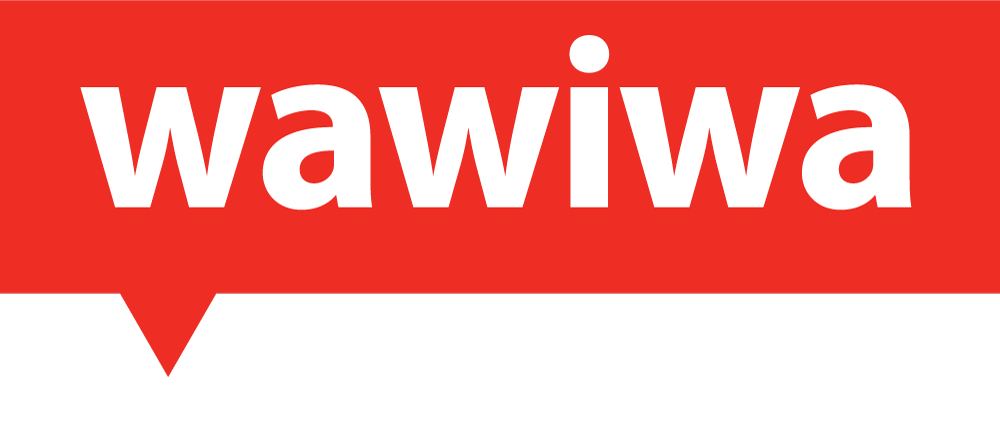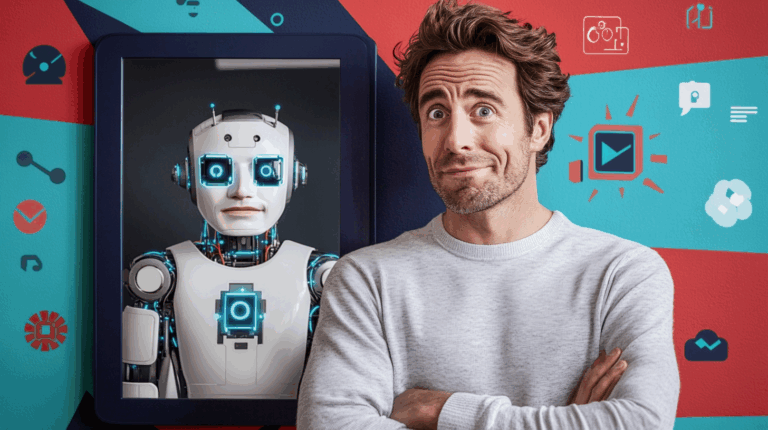Imagine standing at the foot of a towering structure, its peak lost in the clouds. To reach the top, you need support, a framework that elevates you step by step. This is the essence of scaffolding in construction—a temporary yet essential structure that empowers workers to build, create, and eventually, stand back as the building stands tall and independent.
But what if we told you scaffolding isn’t just for buildings? Inspired by Adam Grant’s insights in “Hidden Potential”, this concept is very similar to how we learn. In the ever-evolving field of tech education, scaffolding plays a crucial role. This blog explains the concept of scaffolding in learning, guiding you in finding the right scaffolding for you. We also demonstrate how Wawiwa embodies this supportive framework, guiding learners to achieve their highest potential and embark on a path of lifelong learning.
What is Scaffolding in Learning?
In construction, scaffolding is all those metal poles and wooden boards that workers stand on to build tall buildings. They can’t reach the high spots without it, but once the building is done, the scaffolding comes down.
Similarly, imagine the journey of learning to ride a bike, with parents as the guiding force. Initially, they’re right beside you, holding onto the bike, offering encouragement and support as you pedal uncertainly. They run alongside you, ready to catch you if you fall, teaching you how to balance, steer, and stop. As you gain confidence and skill, they gradually let go, allowing you to wobble, swerve, and eventually, glide smoothly on your own. This process, from the hands-on guidance to the proud moment you ride independently, mirrors the way in which initial support and teaching enable you to perform and excel on your own in various challenges throughout life.
Now, take that idea and apply it to learning new things, especially tricky tech stuff.
Scaffolding in learning is, for example, having a guide or a coach by your side. When you’re picking up new skills, especially in tech, things can get confusing fast. This is where someone with knowledge and the right guidance steps in, like a teacher or a mentor. They start by showing you the ropes, giving you the basics, and being there to catch you if you stumble.
As you progress in your learning journey, the support you receive begins to evolve. The role of your mentor shifts from providing direct assistance to fostering an environment where you can explore and experiment with confidence. You’re encouraged to ask questions, seek out challenges, and even teach others, reinforcing your knowledge and skills. This phase of learning is rich with discovery, as you begin to connect the dots between different areas of knowledge, seeing the bigger picture and how everything fits together.
In this supportive framework, failure is not a setback but a stepping stone. Your guide ensures that you understand the value of learning from mistakes, turning them into opportunities for growth.
As you start to take on more responsibility for your own learning, you’re preparing to meet the current demands of the industry, and to anticipate and adapt to future changes. The scaffolding may eventually be removed, but the structure — your skills, knowledge, and ability to learn independently — remains solid, ready for whatever challenges come next.
During a recent interview, Sam Altman, Co-founder and CEO of OpenAI, was asked if the idea of creating Artificial Intelligence (AI) smarter than any human frightens him. His response was actually very interesting: “We are much more capable than our ancestors, with almost no biological drift. Our society’s infrastructure—encompassing achievements like the internet and the iPhone—greatly surpasses individual capabilities. This has built a robust scaffolding that empowers us to achieve what our forebears couldn’t even dream of. As we develop even smarter technologies, they will enhance this existing framework, raising the scaffolding to new heights. While the prospect of surpassing our current capabilities can be daunting, it ultimately promises more good than harm.” This perspective is a reminder that each generation builds on the past, crafting a legacy of innovation and opportunity.
Find the Right Scaffolding For You
Finding the right scaffolding for your learning journey is essential, whether you’re exploring new hobbies, academic subjects, or even venturing into tech training. It’s important to start by pinpointing what you want to achieve and where you currently stand in terms of skills. This clarity helps in identifying the most suitable form of support. Remember, the ideal scaffolding for your learning doesn’t have to be complex; sometimes, it could be as simple as a book that opens new worlds of knowledge, a digital creator whose work inspires you, or the wisdom of a parent guiding you through life’s challenges.
Don’t underestimate the value of less formal learning scaffolds like engaging with an admired expert on social media, learning from video tutorials, or even participating in community discussions. These resources, while simple, can offer profound insights and practical knowledge that enhance your learning experience.
Choosing a learning environment that aligns with your style is crucial. Whether you thrive in collaborative spaces or prefer the autonomy of self-led studies, ensure the scaffolding you select evolves with you, gradually encouraging independence as your confidence grows. The essence of effective scaffolding—be it a carefully designed program, an insightful book, or guidance from someone you admire—is to provide you with the initial support needed to explore, understand, and eventually master new territories on your own, preparing you for the complexities of the real world with a solid foundation of knowledge and skills.
How Wawiwa Provides Scaffolding for Lifelong Learning
Wawiwa is a tech education provider offering reskilling and upskilling programs tailored to the latest industry trends. Wawiwa’s partners around the world train people in areas like Análisis de datos, Ciberseguridady Product Management.
Wawiwa's Metodología JET Design takes scaffolding into account. Through a blend of hands-on learning, expert mentorship, and “Bring It Together” projects, Wawiwa lays down the foundational support that transforms learners – many of which come to reskill to tech without any prior experience – into job-ready professionals who are prepared to face the demands of the tech industry with confidence. This comprehensive approach equips students with the necessary skills, mindset, and experience to navigate their careers successfully, making them highly sought after by employers and ready to make an immediate impact in their professional roles.
Wawiwa’s trainers, seasoned professionals in their respective fields, serve as the main pillars of this scaffolding. They impart knowledge, guide students, challenge them, and inspire them every step of the way. By sharing insights from their own experiences, Wawiwa trainers help students familiarize themselves with the tech industry, making daunting concepts understood, accessible, and manageable. This mentorship ensures that learners acquire tech skills and develop competencias interpersonales like critical thinking and problem-solving abilities which are essential for success in the tech industry.
Wawiwa’s scaffolding approach is also apparent at the Bring It Together (BIT) project phase, where learners apply what they’ve learned in a real-world context. Students work in teams, simulating a professional tech environment, to complete a project that showcases their newly acquired skills. This phase is the equivalent of letting go of the bicycle; it’s where learners demonstrate their ability to navigate challenges independently, yet within a supportive framework that’s there if they need it. Successful completion of this project showcases their skills and boosts their confidence, preparing them for the ultimate test: entering the job market with the competence and assurance of a skilled professional. They can also demonstrate to their potential employers – “look, I’ve made this! I am capable of performing the tasks of my new profession.” Through this structured journey, Wawiwa ensures that its graduates are job-ready and primed to excel and innovate in their tech careers.
Conclusión
Through the concept of scaffolding in learning, drawing parallels from construction to mastering a bike, to acquiring tech skills, it’s clear that the right support system is key to personal and professional development. Just as Adam Grant highlights in “Hidden Potential,” uncovering and nurturing one’s abilities requires the right environment, encouragement, and resources to flourish. Scaffolding, in its essence, provides this structured yet flexible support, adapting to the learner’s growth and paving the way for independence and mastery. Finding the right scaffolding for your learning journey can transform potential into excellence!



